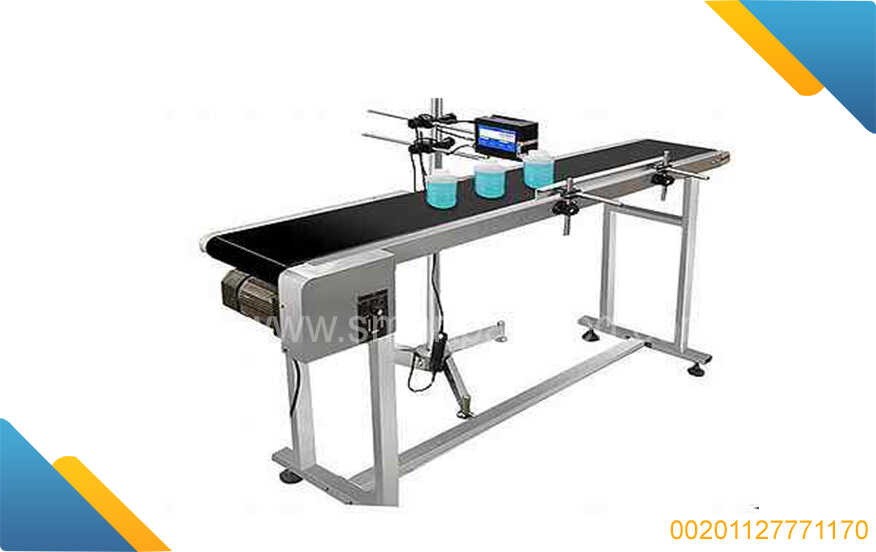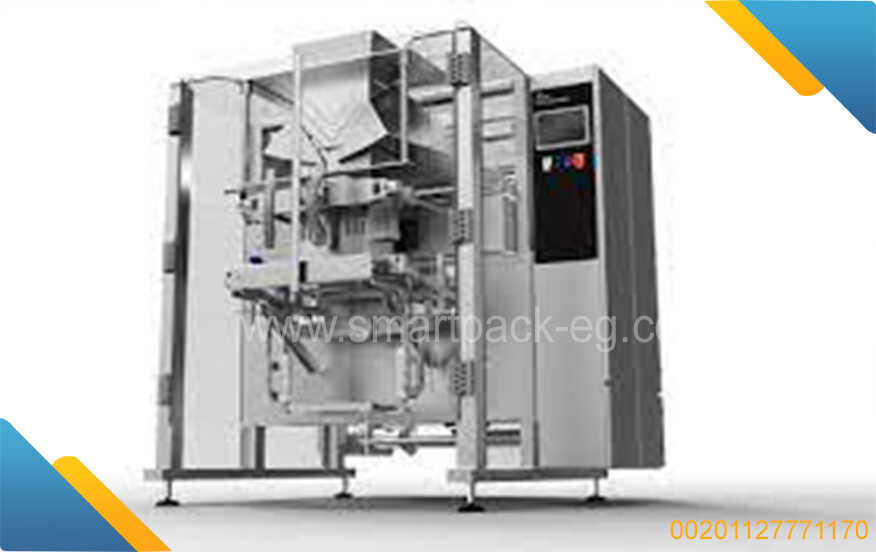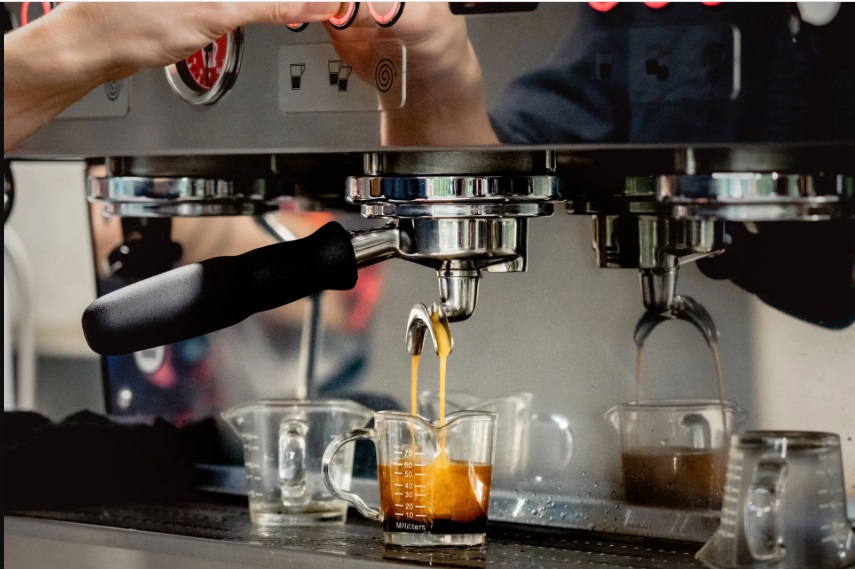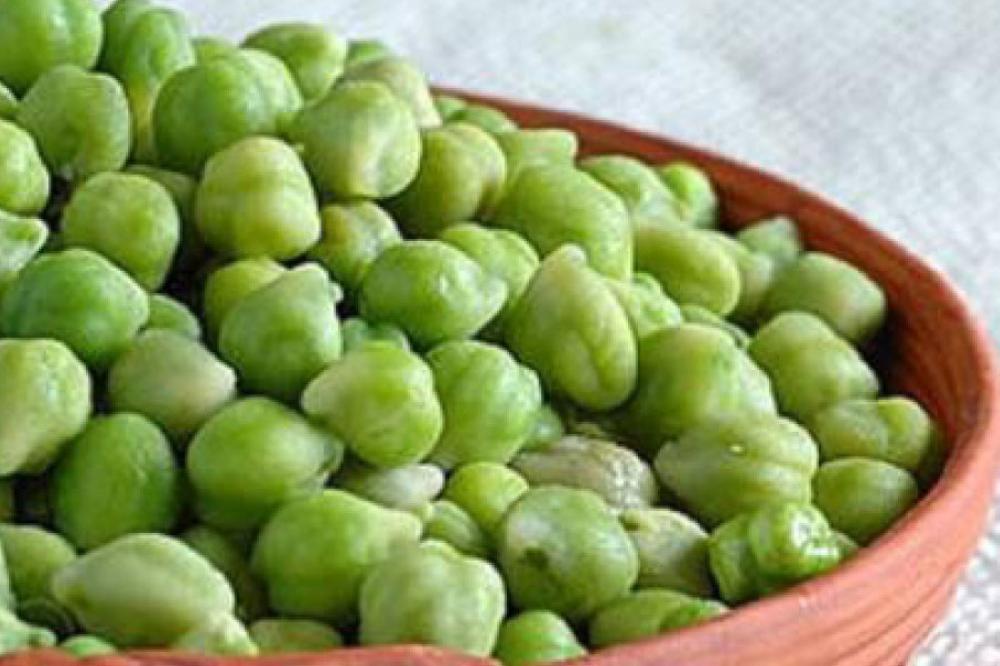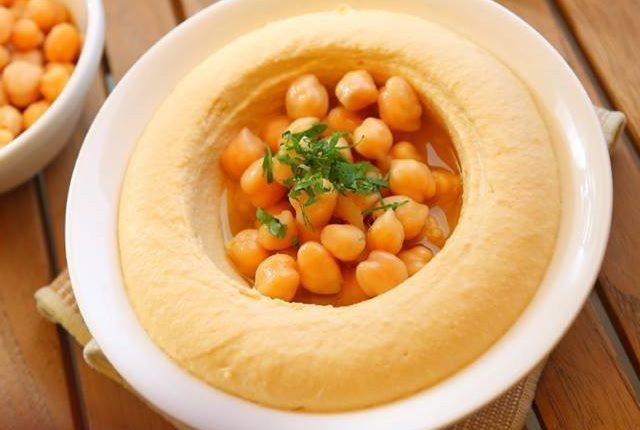Title: A Feasibility Study for Packing, Packaging, and Producing Table Salt: A Comprehensive Guide
Introduction:
In this guide, we will explore the process of conducting a feasibility study for packing, packaging, and producing table salt. We will examine the key factors to consider before embarking on such a project, including market demand, cost analysis, production logistics, and potential challenges. By thoroughly evaluating these aspects, you can make informed decisions and create a successful venture in the table salt industry.
-
Market Analysis:
- Research current market trends, demand, and consumer preferences for table salt.
- Identify potential target markets and distribution channels.
- Analyze existing competition and their products.
- Study pricing strategies to ensure competitive pricing while maintaining profitability.
-
Financial Feasibility:
- Calculate the initial investment required to set up the production and packaging facility.
- Determine the ongoing operational costs, including raw material procurement, labor, utilities, and transportation.
- Conduct a thorough cost-benefit analysis to evaluate the projected profitability of the venture.
- Consider funding options such as loans, grants, or partnerships.
-
Production Logistics:
- Identify suitable locations for the production facility based on factors such as access to raw materials, transportation infrastructure, and proximity to target markets.
- Assess the availability and cost of necessary production equipment and facilities.
- Determine the production capacity required to meet anticipated demand.
- Develop a comprehensive production plan outlining processes, quality control measures, and packaging requirements.
-
Raw Material Sourcing:
- Determine the source and quality of raw materials like salt crystals or brine.
- Evaluate the feasibility of sourcing locally or importing raw materials based on cost, availability, and quality.
- Establish relationships with suppliers to ensure consistent and reliable raw material supply.
-
Packaging Considerations:
- Research various packaging options (bags, jars, sachets, etc.) and their respective costs.
- Analyze packaging materials for their durability, product safety, and compliance with industry regulations.
- Design an appealing and user-friendly packaging that aligns with consumer preferences.
- Consider eco-friendly packaging materials to appeal to environmentally-conscious consumers.
-
Quality Control and Safety Measures:
- Define quality control procedures to ensure the production of high-quality table salt.
- Implement food safety standards and certifications to maintain product integrity.
- Regularly test and monitor product samples to adhere to quality requirements and safety regulations.
-
Distribution and Marketing:
- Develop an efficient distribution network to reach target markets.
- Determine appropriate outlets (grocery stores, supermarkets, online platforms) and establish partnerships with distributors or retailers.
- Create a marketing strategy encompassing branding, advertising, and promotion to distinguish your product from competitors.
- Leverage digital marketing channels to increase brand awareness and reach a wider consumer base.
Conclusion:
Conducting a feasibility study serves as a crucial step in determining the viability of packaging, producing, and distributing table salt. By assessing market demand, financial feasibility, production logistics, raw material sourcing, packaging considerations, quality control measures, and distribution strategies, you can make well-informed decisions. Remember that regular monitoring and adapting to changing market trends are essential to ensure long-term success in the table salt industry.

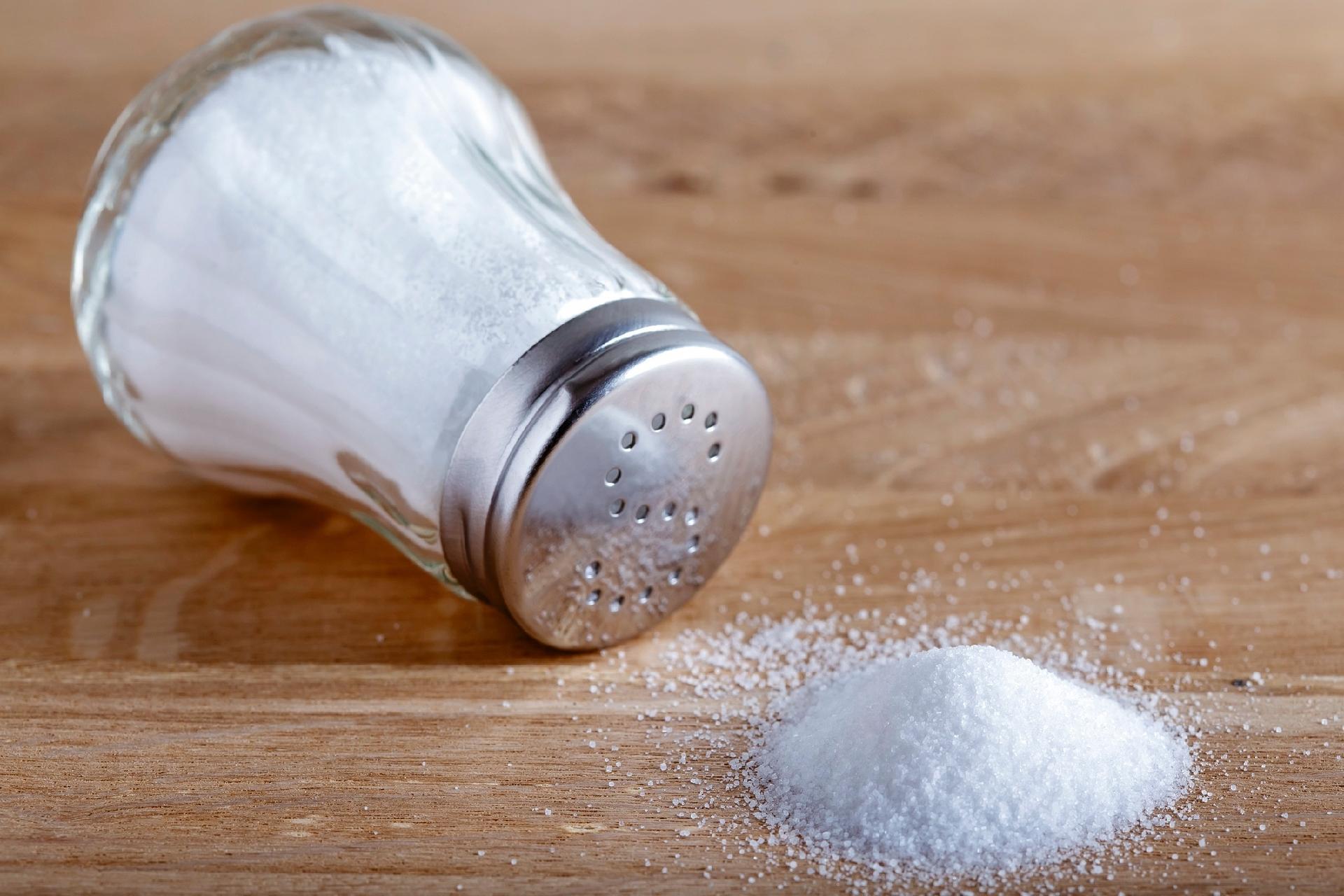

 Admin
Admin 